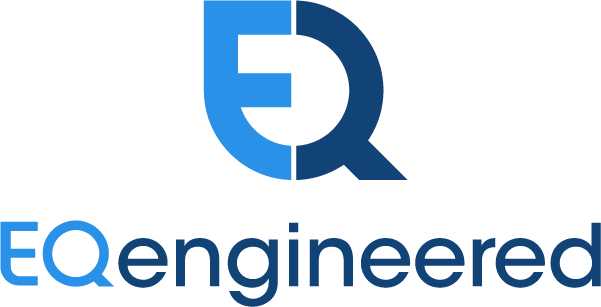Agentic AI: The Rise of Autonomous Digital Actors by Mark Hewitt
The era of Agentic AI—systems capable of autonomously planning, reasoning, and acting to achieve defined goals—is rapidly transforming the software landscape. Unlike traditional automation or even reactive chatbots, agentic AI can operate proactively and across systems, making independent decisions based on context and objectives. These agents promise immense gains in productivity, creativity, and decision-making speed. However, the paths these agents take—ranging from open-world environments like the web to closed enterprise ecosystems like Salesforce, Microsoft, and Google—are shaping very different futures.
The Value and Potential of Agentic AI
In open environments like the World Wide Web, agentic AI can act as researchers, negotiators, content creators, or even digital entrepreneurs. They can synthesize massive datasets, analyze competitive landscapes, or conduct personalized outreach at scale. Startups like Nandy, emerging from MIT, exemplify how lightweight agents can traverse the web, gather intelligence, and adapt over time. Such innovations hint at the future of AI-native business models that operate at the edge—untethered, adaptive, and economically lean.
In contrast, platforms such as Microsoft’s Copilot, Google Workspace’s Gemini, and Salesforce’s Einstein GPT are building agentic systems within tightly governed ecosystems. These environments offer rich, structured data, native integrations, and stronger security guarantees. An agent operating within Salesforce can autonomously manage leads, draft personalized campaigns, and optimize pipelines. Within Microsoft 365, it might coordinate calendars, write reports, and align cross-departmental objectives—all under strict enterprise control.
These environments offer a different kind of power: depth over breadth. Enterprises may see agentic AI become the connective tissue across their SaaS landscape, acting as intelligent process managers or knowledge stewards. This could eliminate thousands of hours in manual workflows, boosting ROI and decision velocity.
Risks and Strategic Considerations
However, the rise of agentic AI also introduces complex risks:
Autonomy without alignment: Agents can make incorrect decisions, act on outdated data, or pursue goals that are misaligned with business intent.
Security vulnerabilities: Open agents that traverse the web risk data leakage, misinformation ingestion, or manipulation via adversarial inputs.
Opaque logic chains: Multi-step reasoning in agents can become hard to audit, increasing compliance and ethical concerns.
For closed environments, there's a danger of ecosystem lock-in. As enterprises increasingly rely on Microsoft, Google, or Salesforce agents, they risk reducing flexibility and portability in favor of convenience and integration.
3 Key Takeaways
Agentic AI is not just smarter software—it’s autonomous collaboration. Its value is realized when agents act with context and intention across systems, not just within them.
Enterprises must balance open exploration and closed system control. Open agents offer creativity and scale; closed agents offer safety and precision. A hybrid model may be key.
Governance, observability, and ethics are not optional. Tools to audit, align, and control agentic behavior will define the winners in this space.
As the era of Agentic AI accelerates, the lines between software, assistant, and collaborator will blur. The most prepared organizations won’t just use agentic AI—they’ll orchestrate ecosystems around it.

